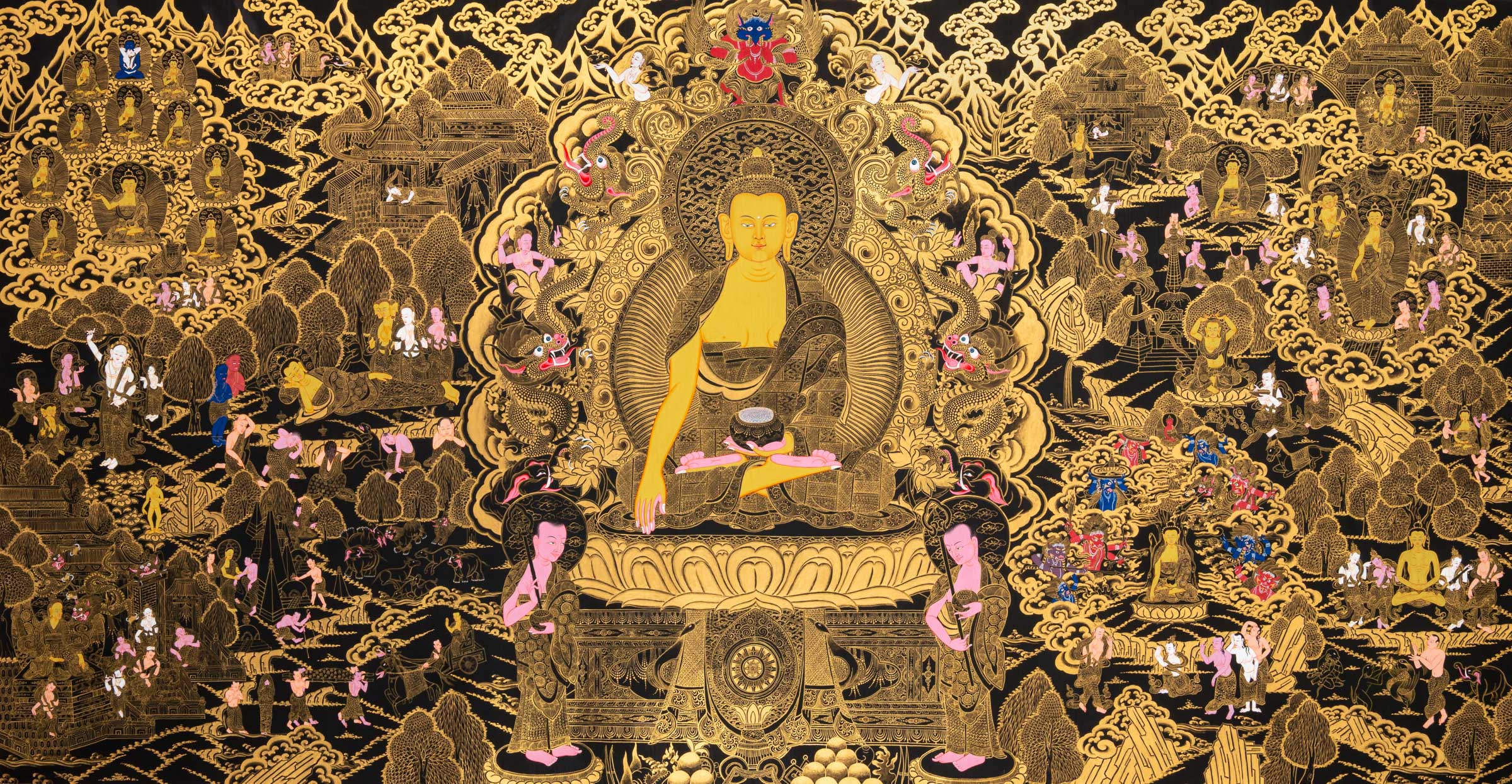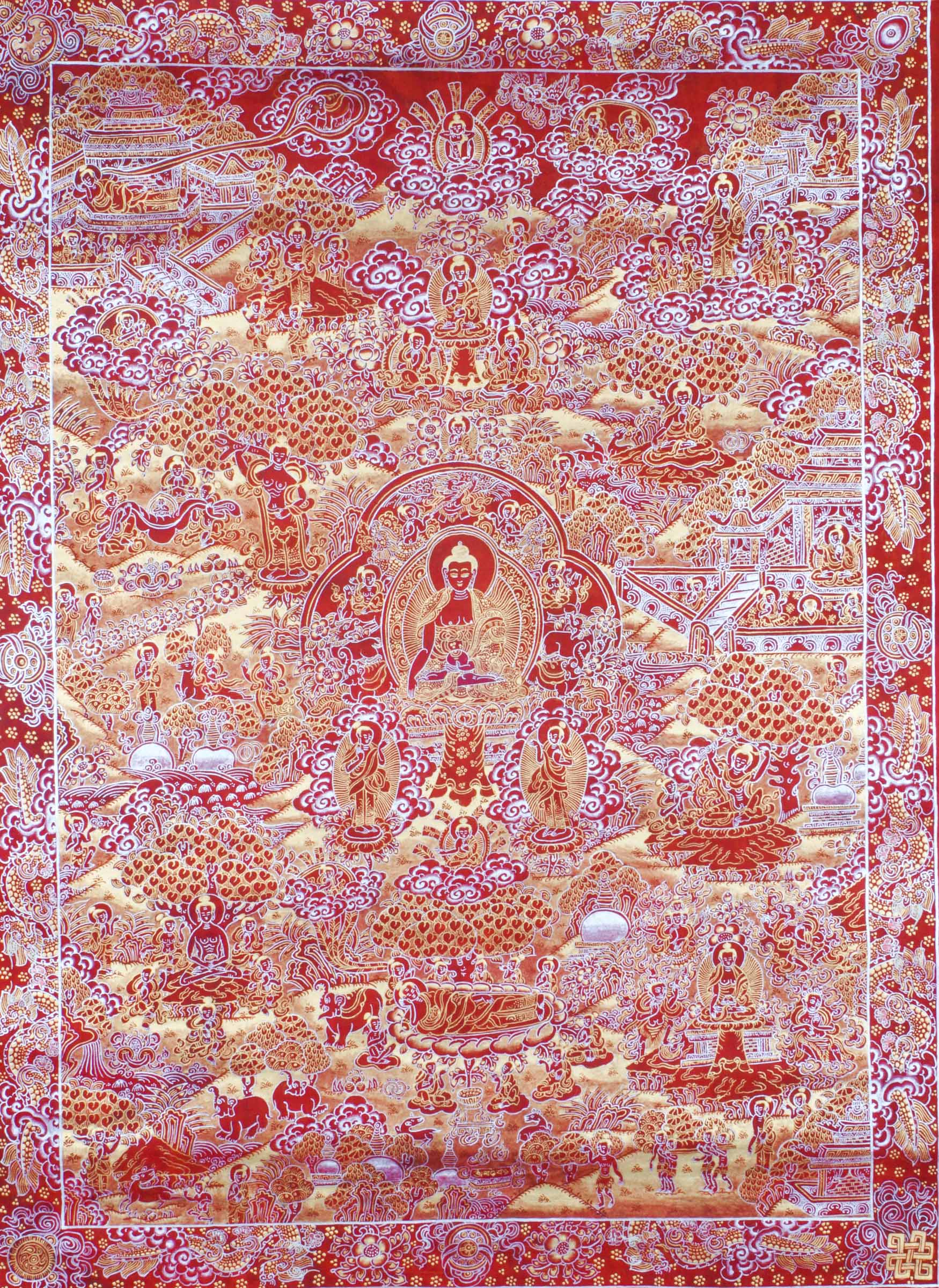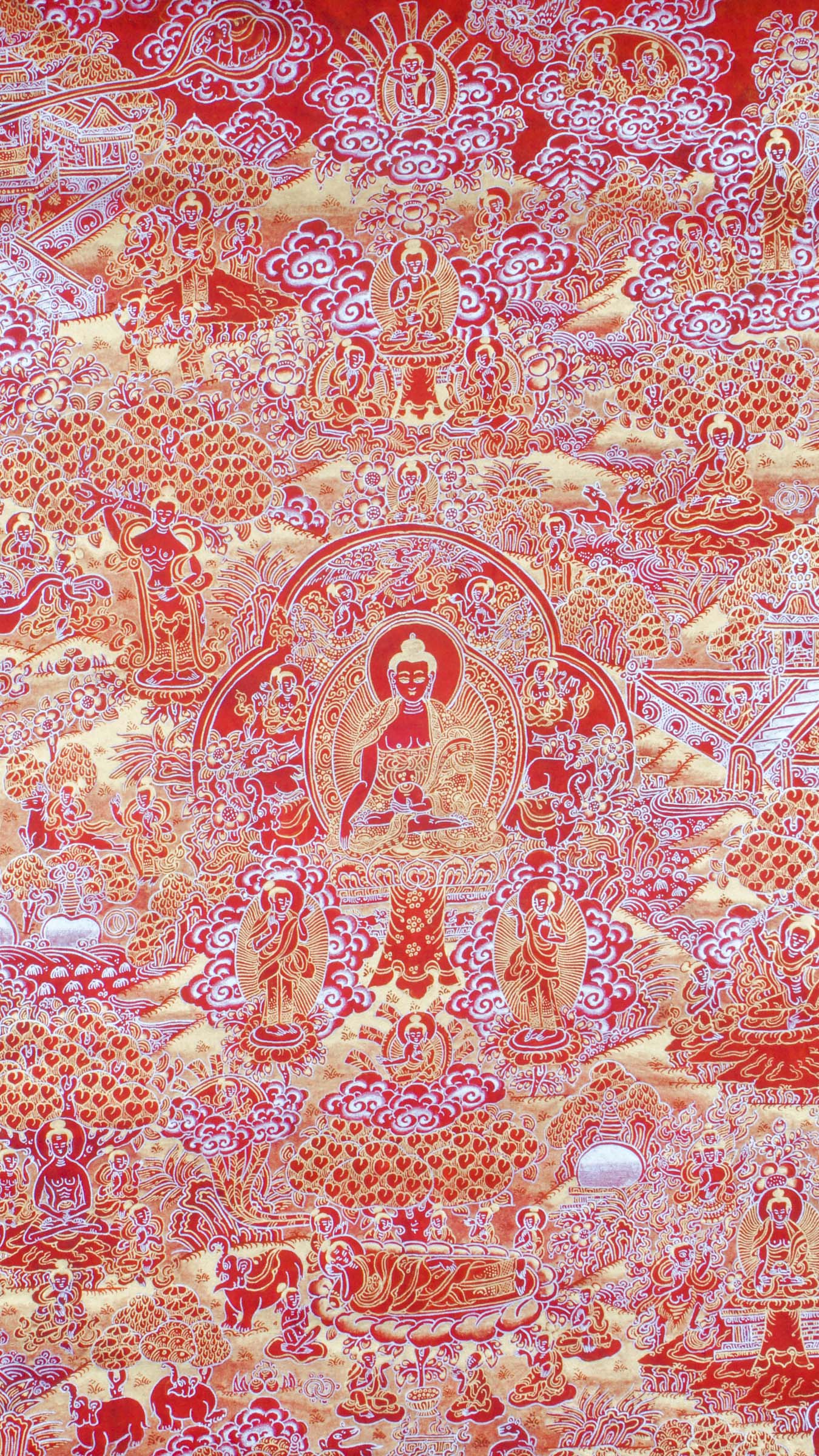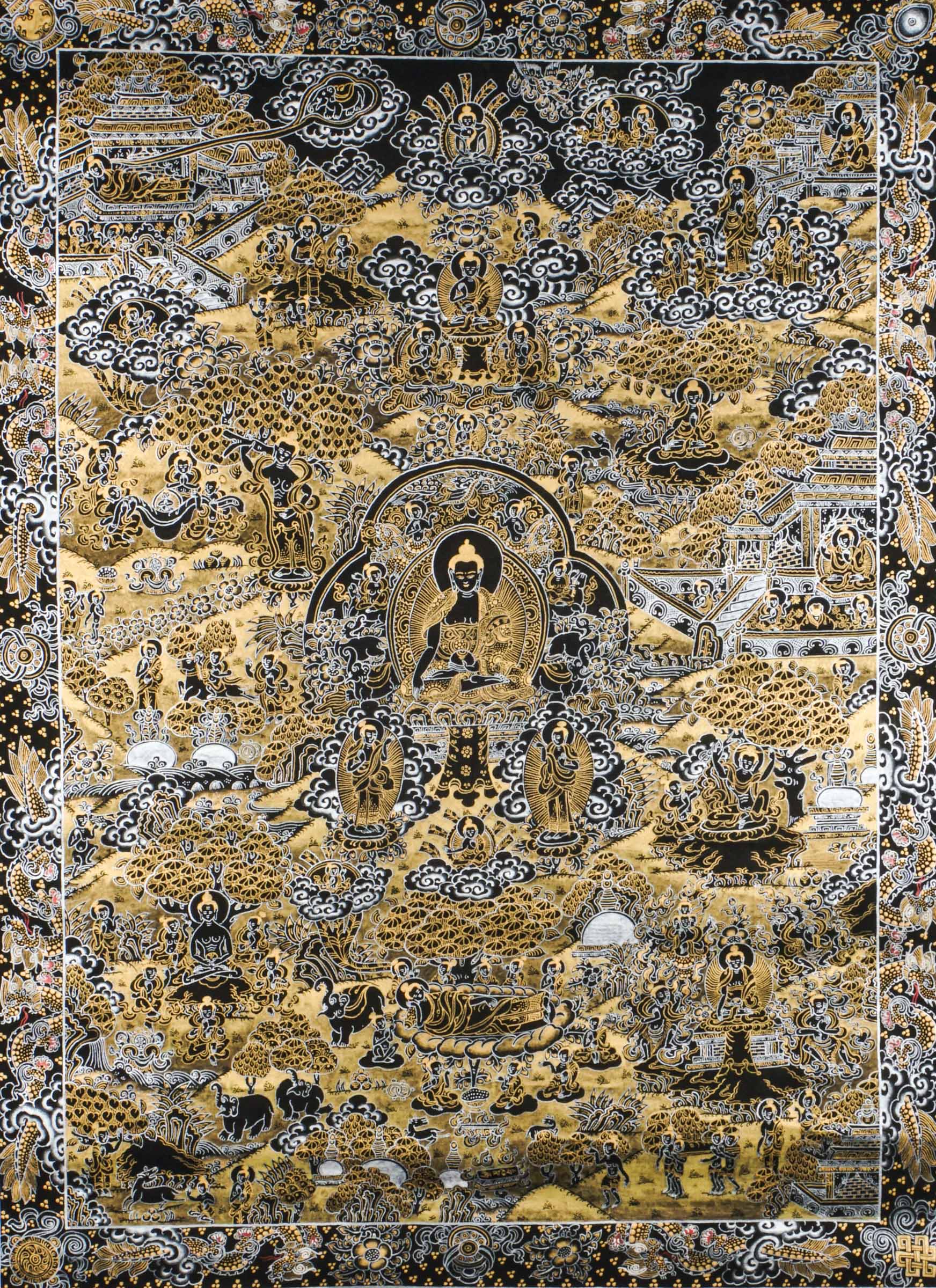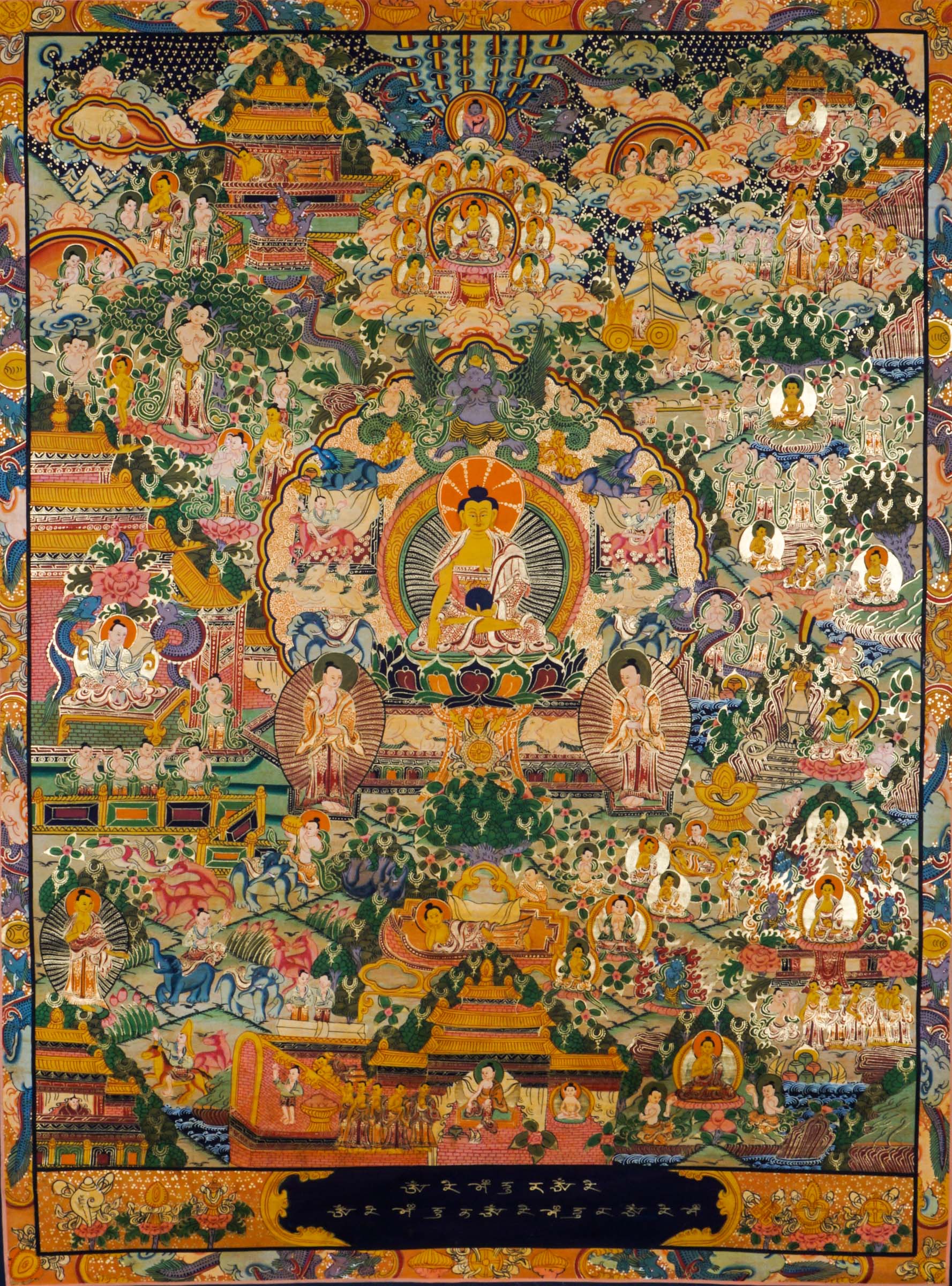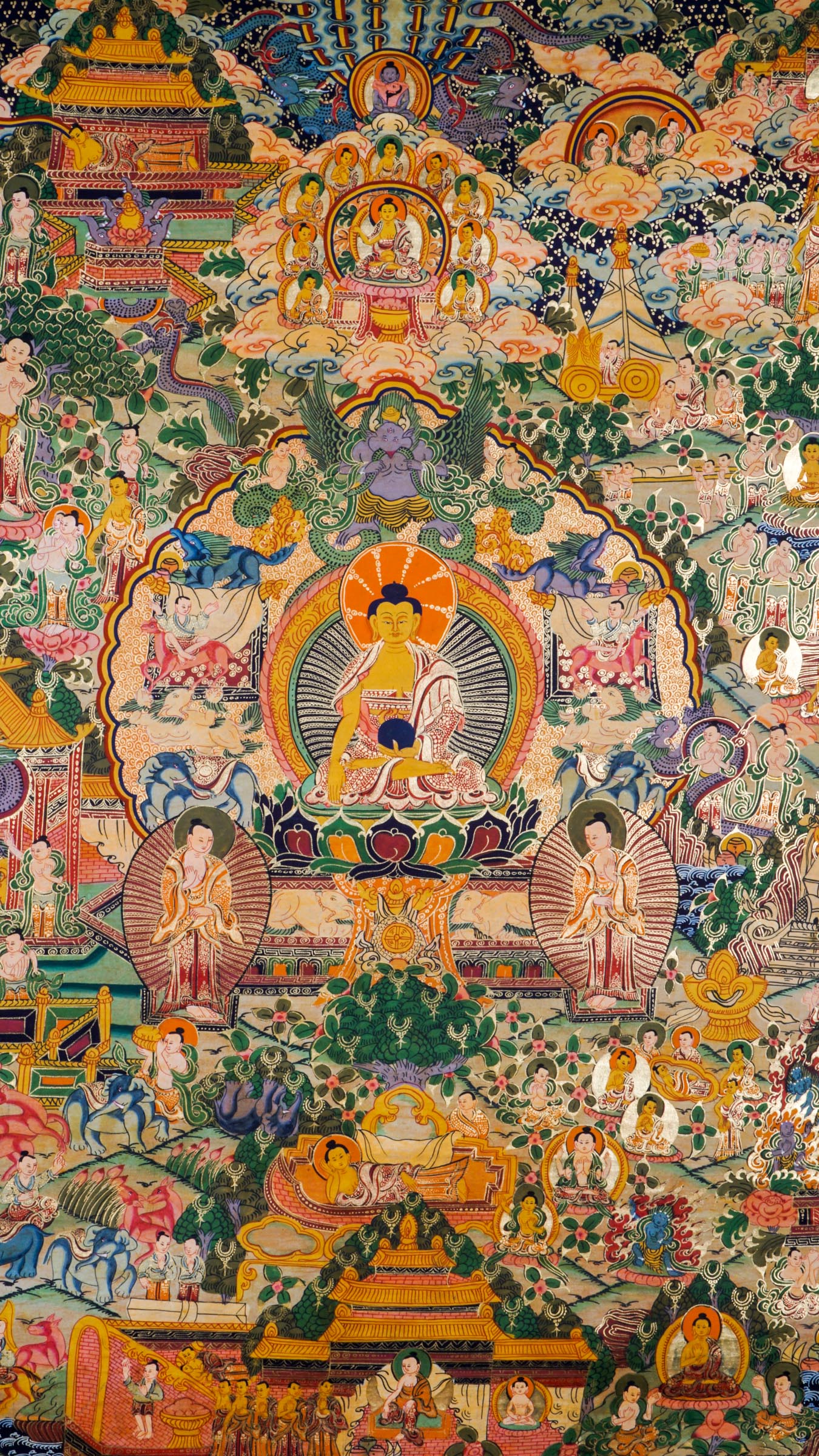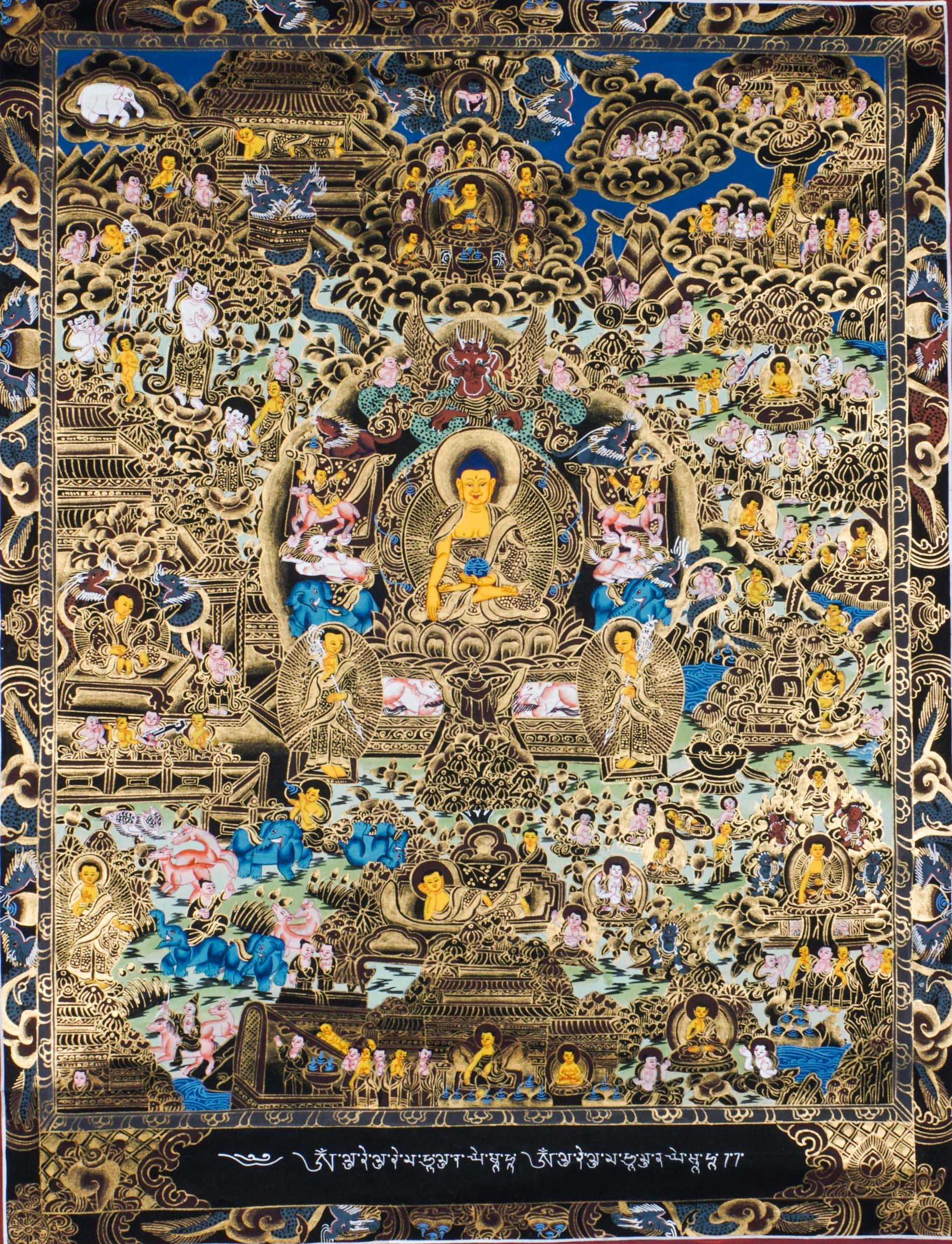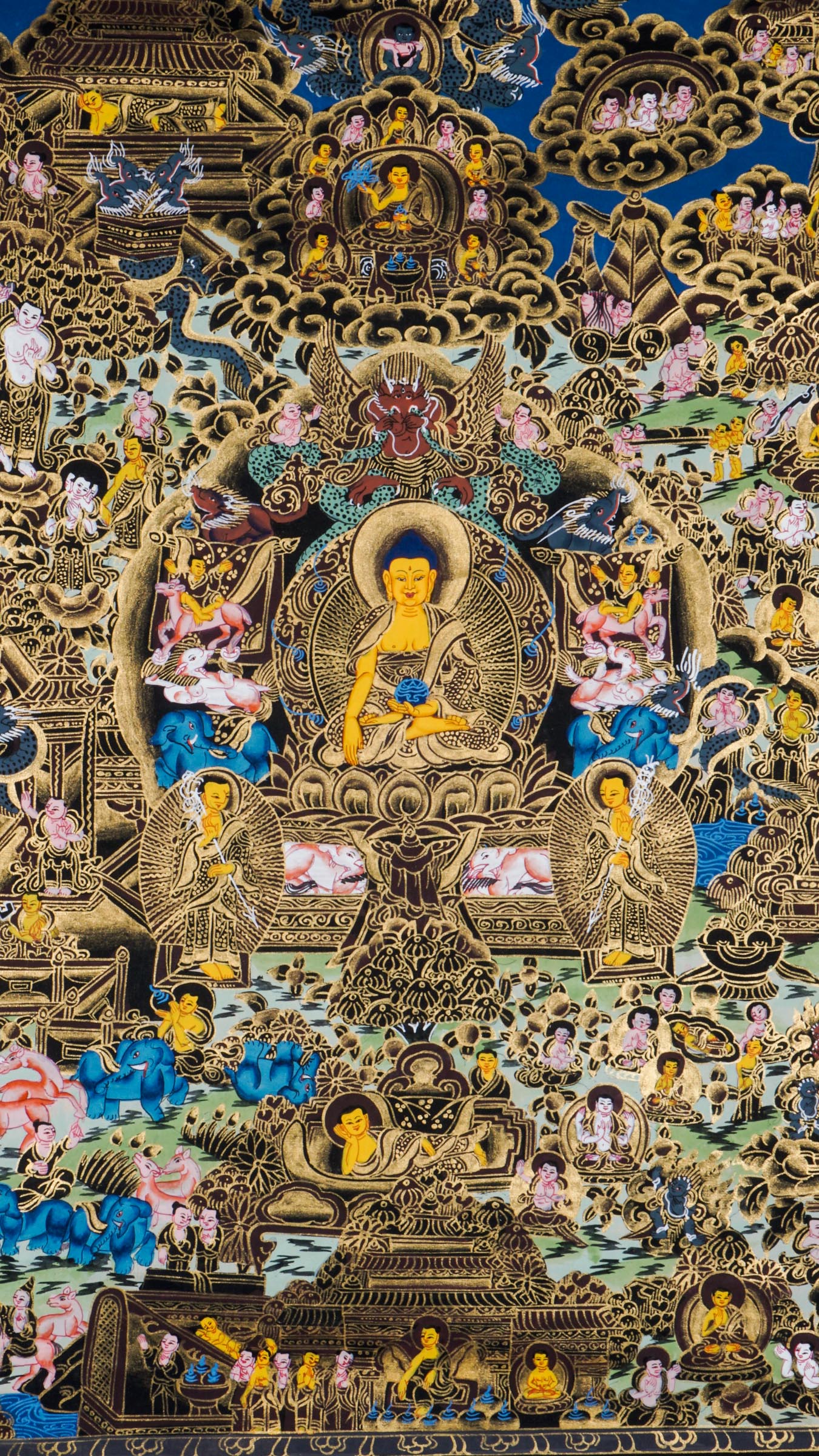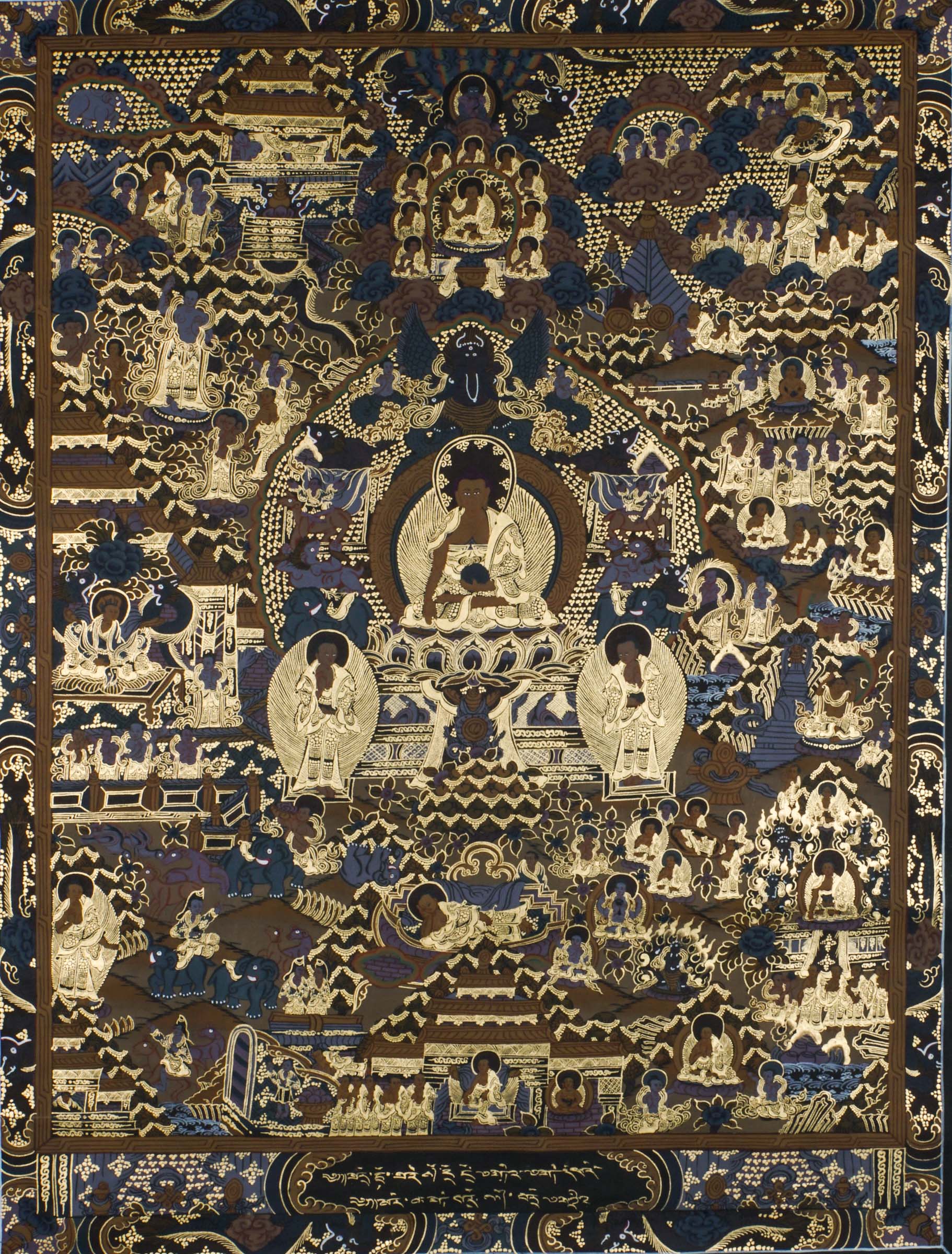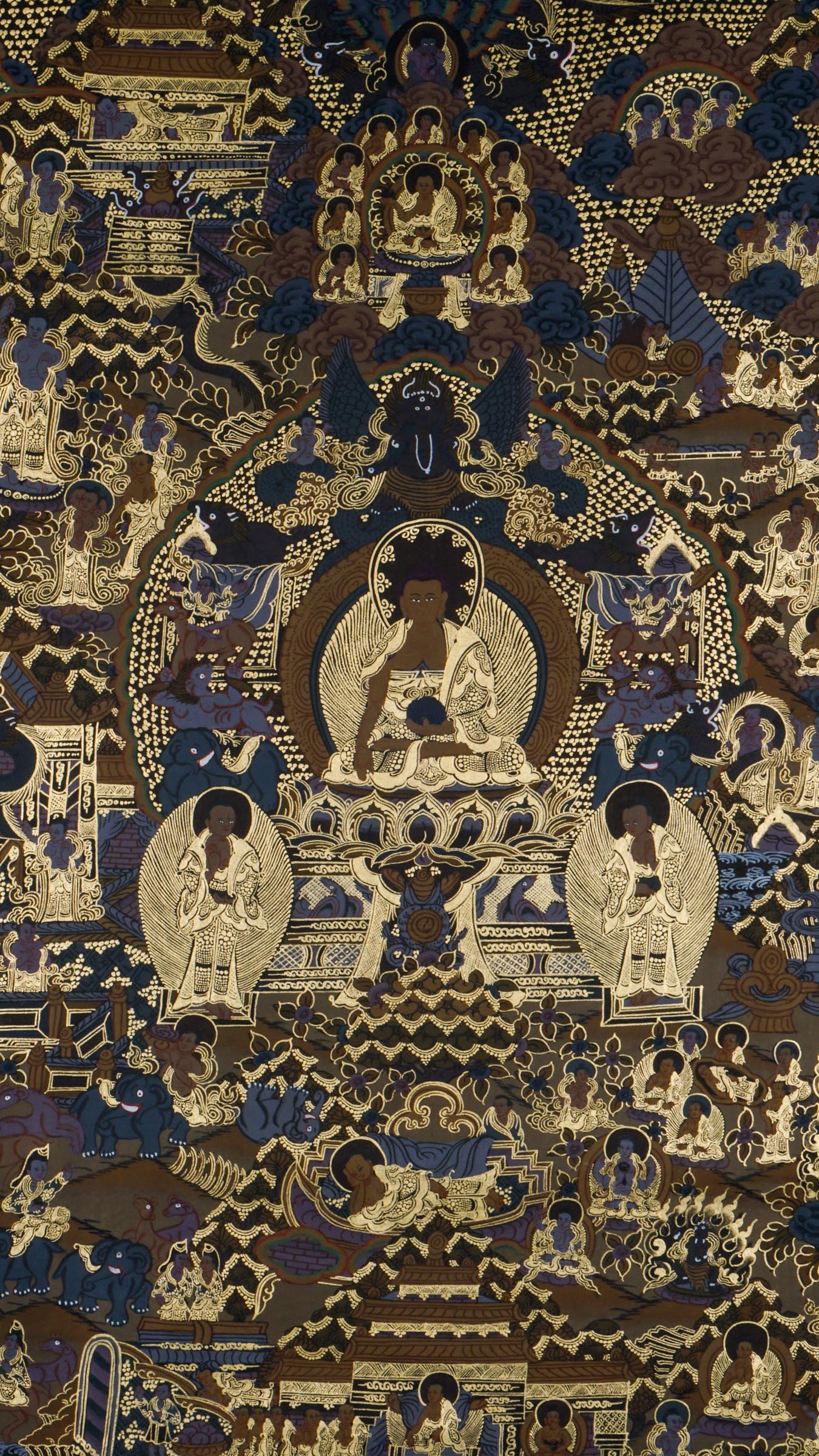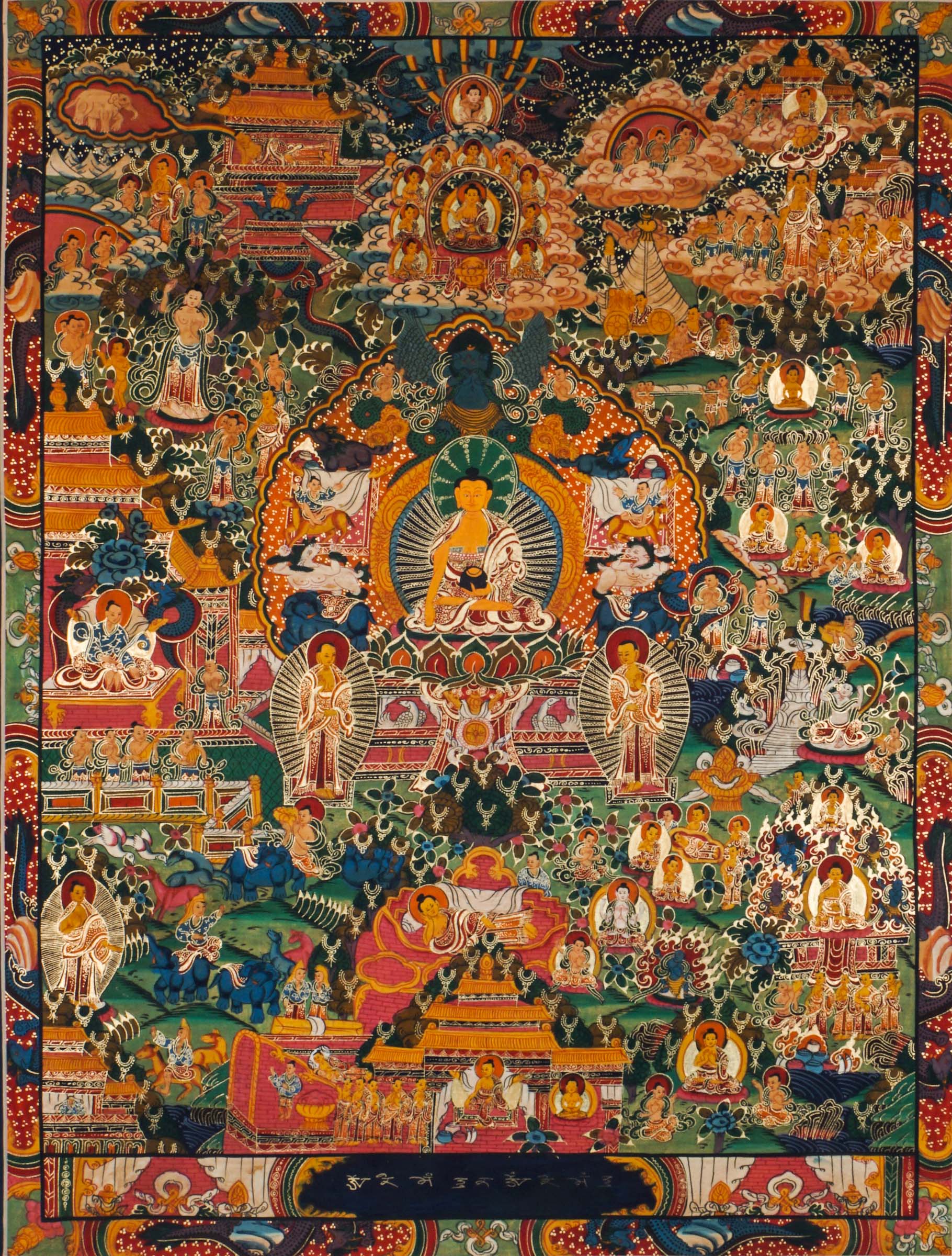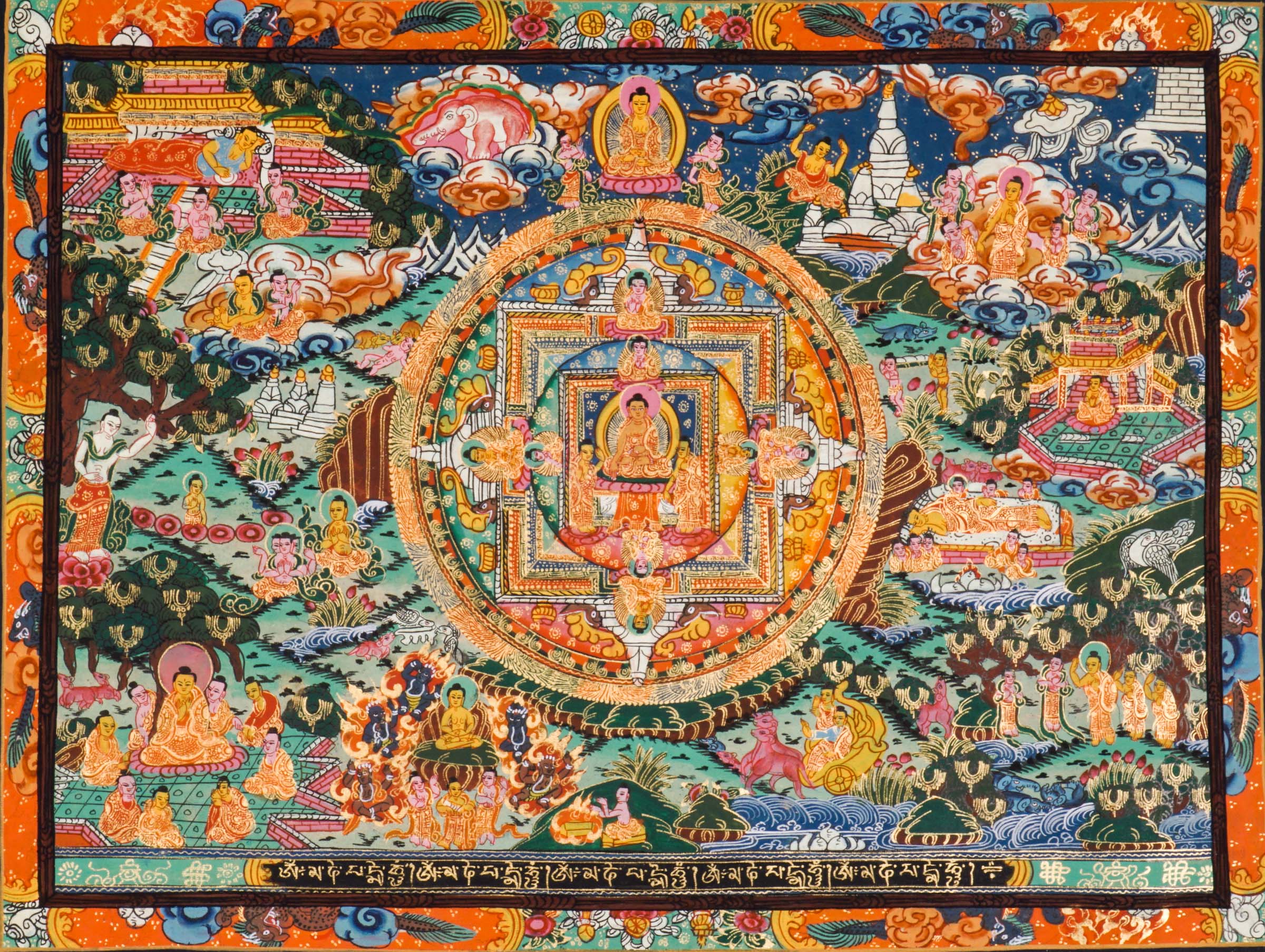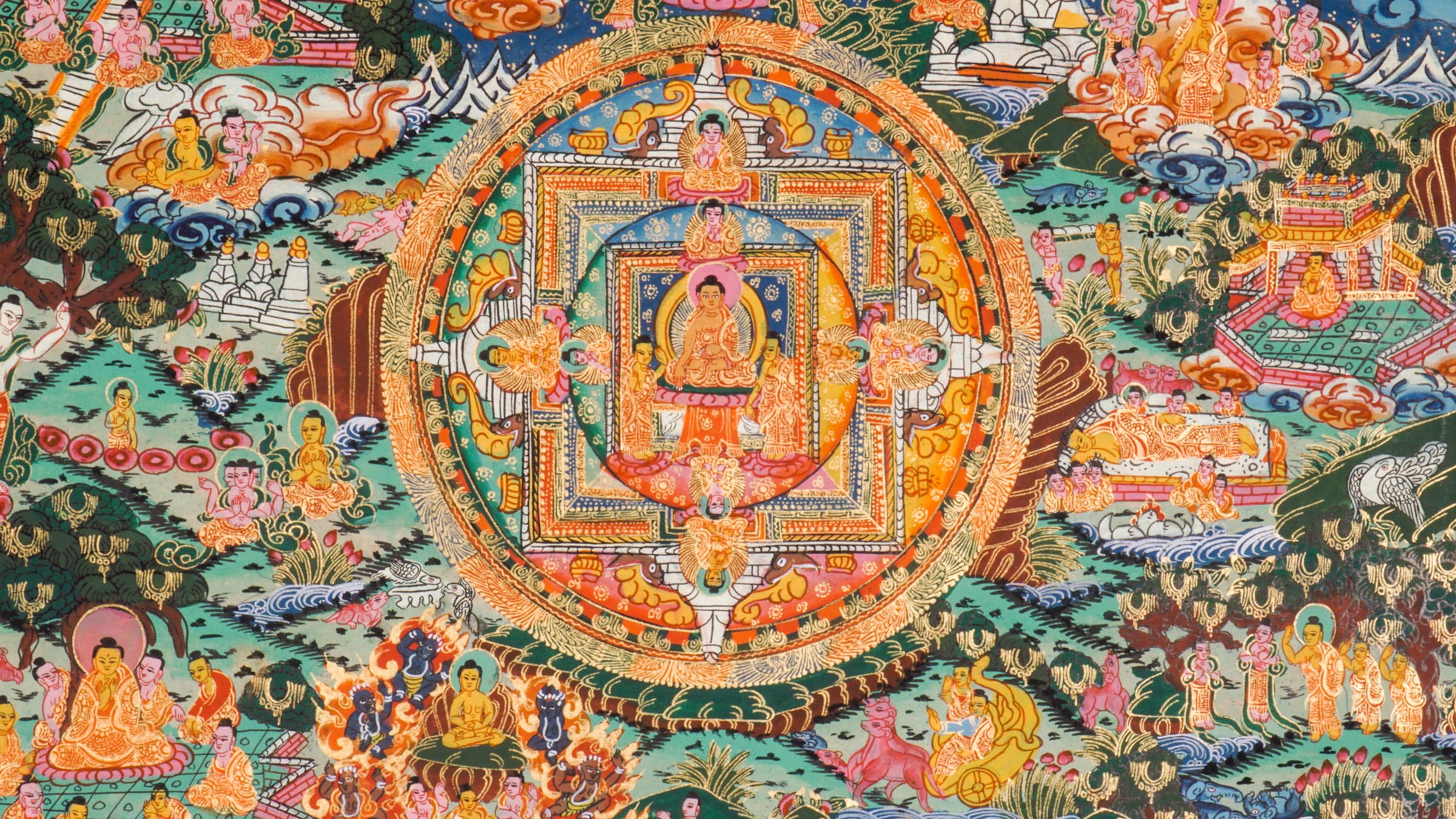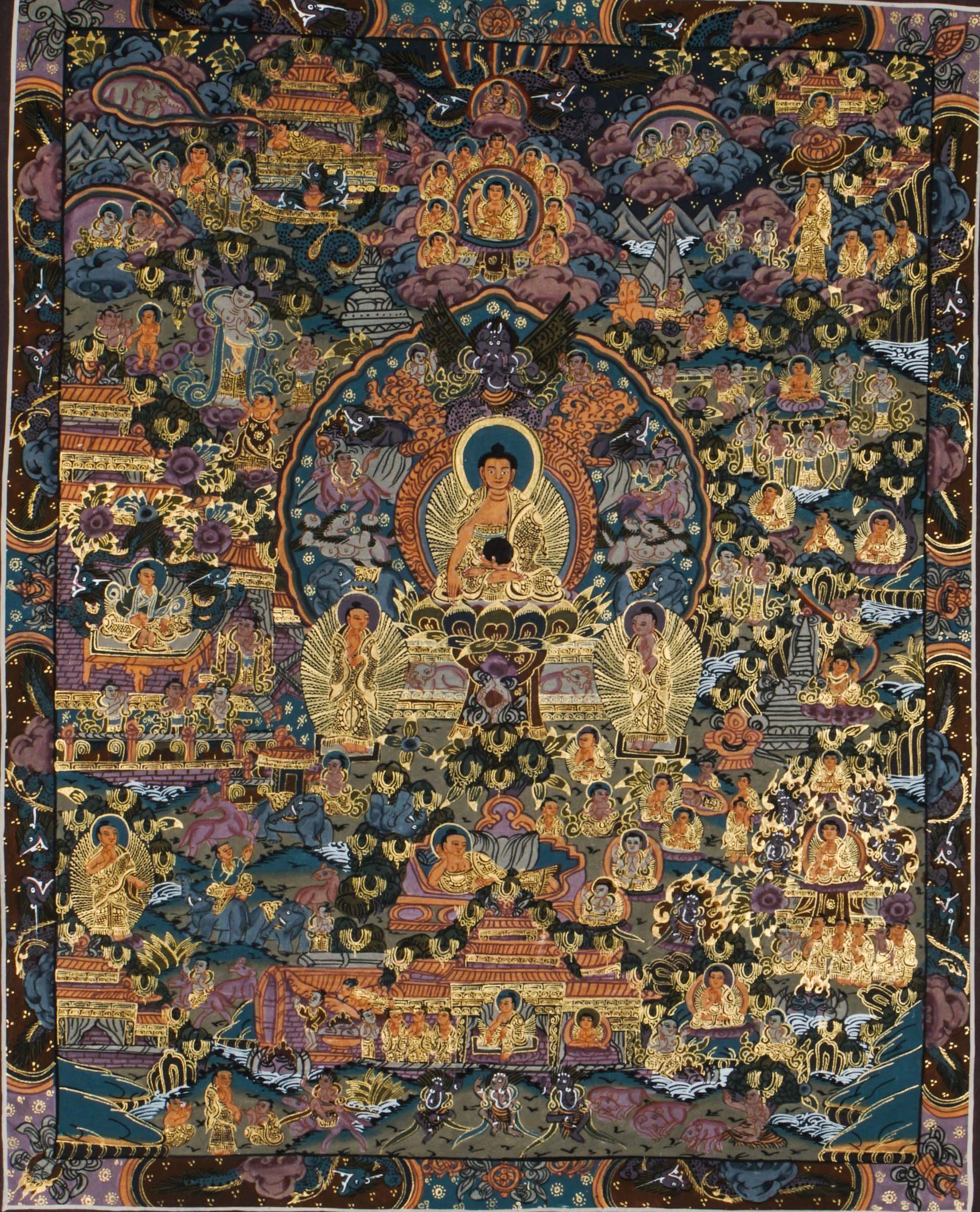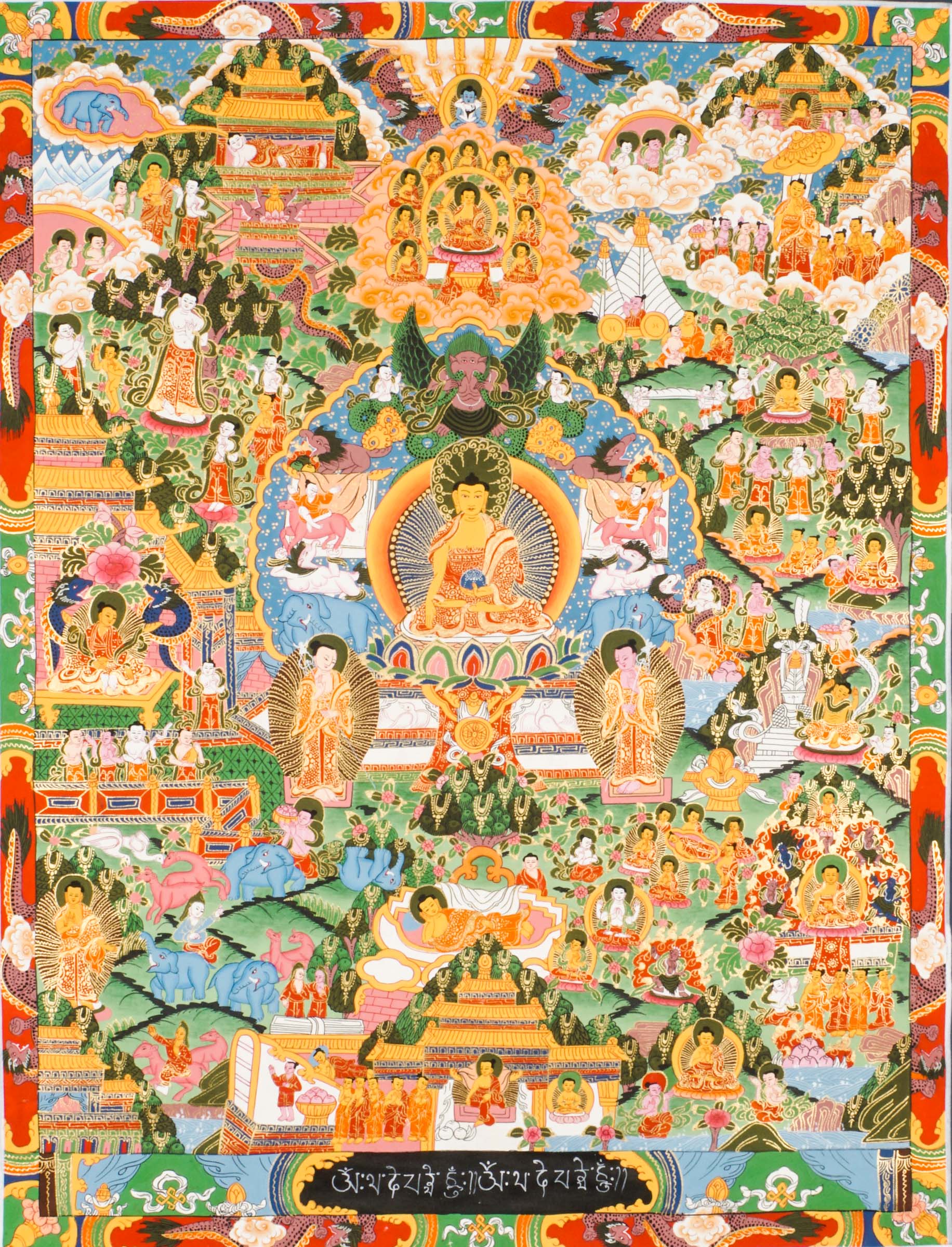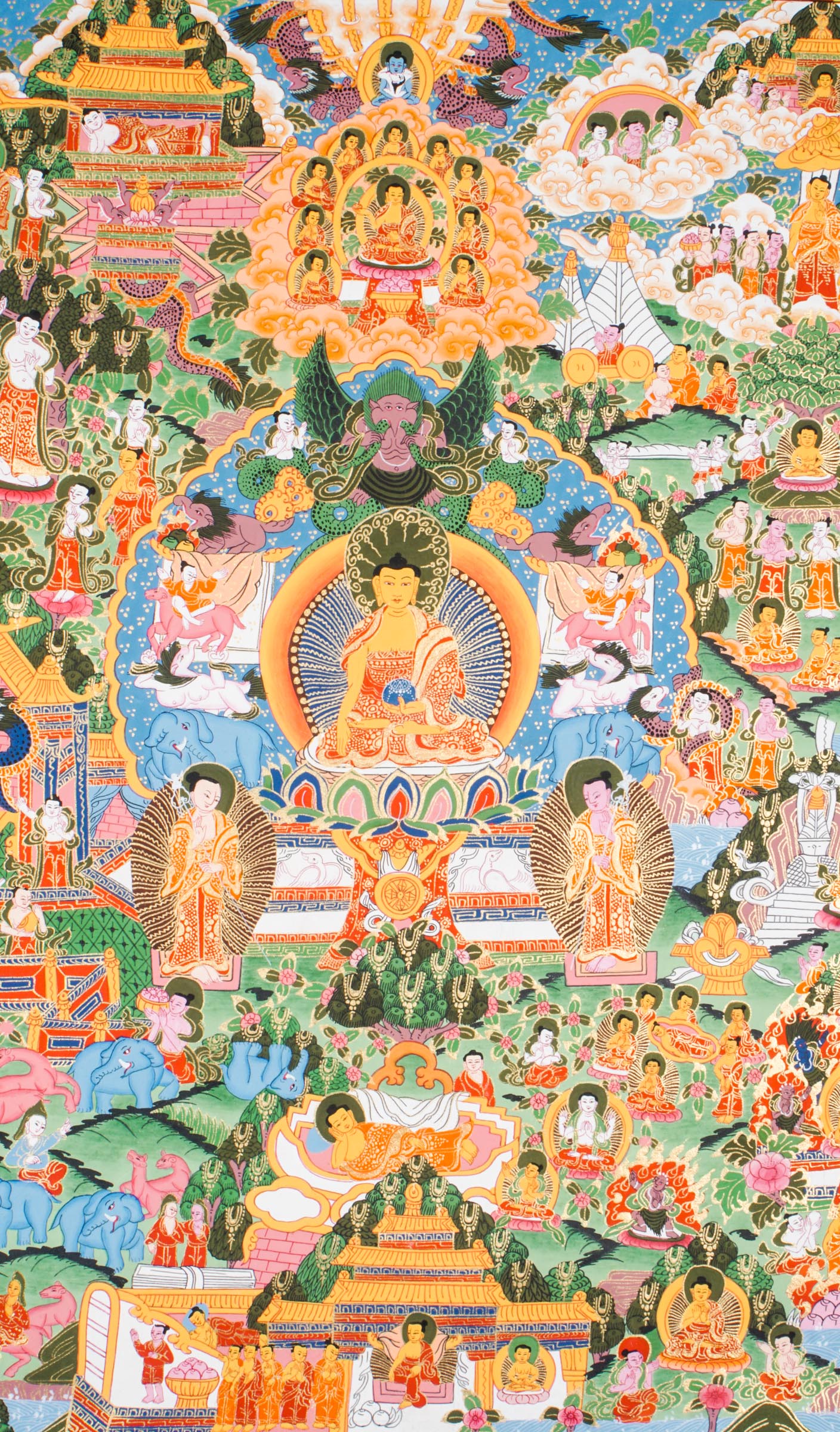Buddha Life
The life of Buddha, also known as Siddhartha Gautama, is a central narrative in Buddhist tradition and serves as the foundation for Buddhist teachings. Born in the 6th century BCE in Lumbini, Nepal, into a royal family, Siddhartha was raised in luxury and sheltered from the world's sufferings. He encountered the Four Sights, an old person, a sick person, a corpse, and a wandering ascetic, which deeply affected him.
At 29, Siddhartha renounced his princely life and embarked on a spiritual quest to find answers to life's existential questions. After six years of ascetic wandering, he found no lasting solution to the problem of suffering and remained unenlightened. At 35, he entered deep meditation under a bodhi tree in Bodh Gaya, India, and attained enlightenment.
Buddha spent the rest of his life teaching the Dharma, the path to liberation from suffering. He traveled throughout India, delivering sermons, establishing monastic communities, and gathering disciples. His teachings, encapsulated in the Four Noble Truths and the Eightfold Path, emphasize the cessation of suffering through the eradication of ignorance, craving, and attachment.
Buddha passed away at 80 in Kushinagar, India, after a long ministry dedicated to sharing his wisdom and compassion. His teachings continue to resonate across cultures and generations, offering profound insights into the nature of reality and the human condition.

